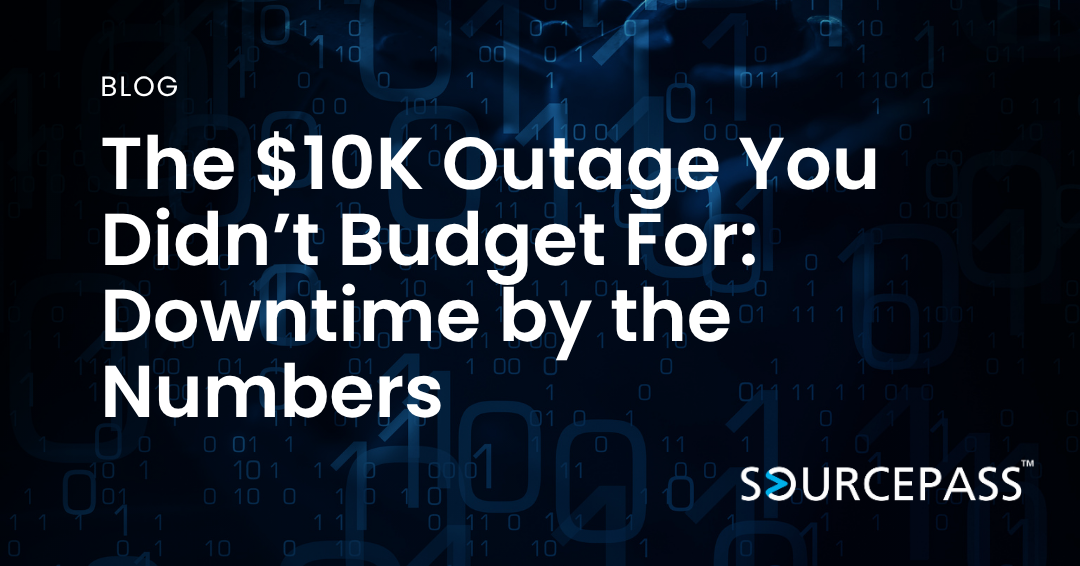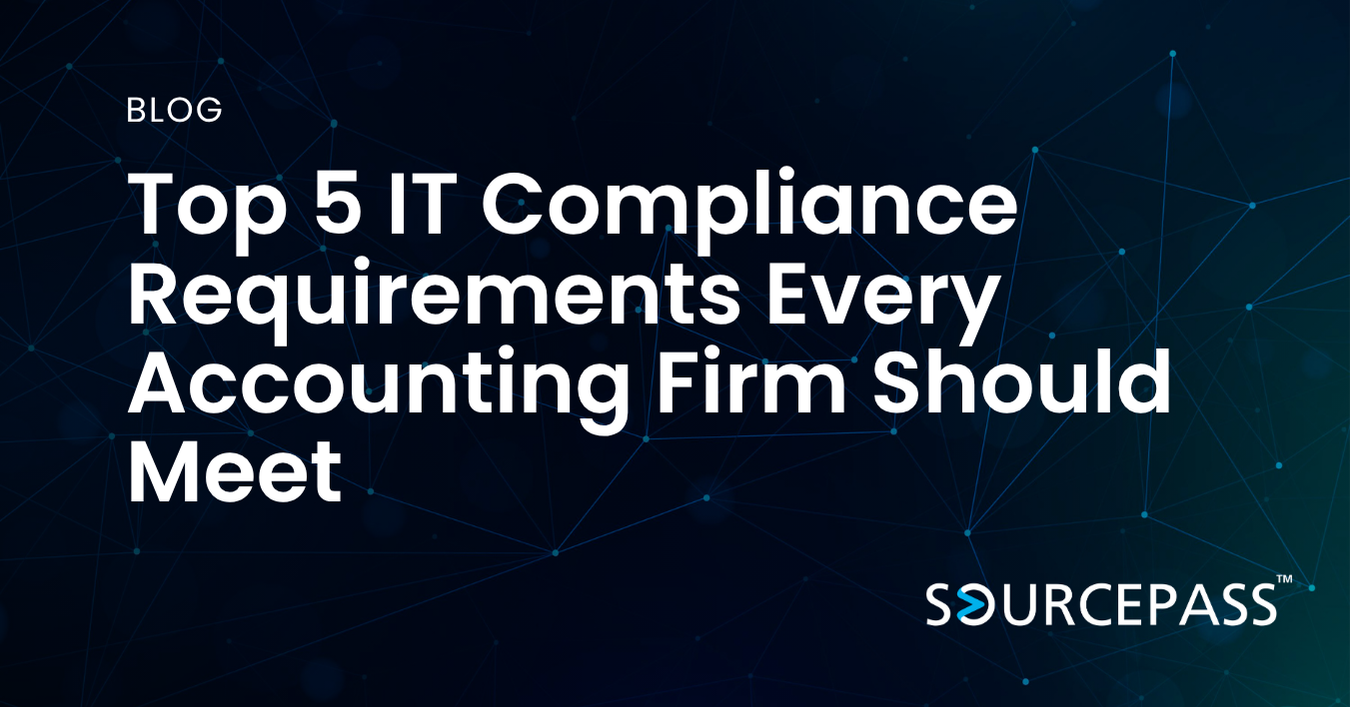The $10K Outage You Didn’t Budget For: Downtime by the Numbers
Jun 17, 2025 Admin Costs & Budget | IT Services & Support 2 min read



When business leaders think about outages, many picture enterprise-scale meltdowns. But for small to mid-sized businesses, a single hour of downtime can quietly cost thousands—and yet, it's rarely budgeted for.
Let’s walk through a realistic, fictional example that illustrates how one short IT outage can turn into a $10,000 mistake—and why it's critical to have a solid IT strategy in place before disaster strikes.
A Day in the Life: Meet Your Team
Imagine a professional services firm—an engineering consultancy with 10 employees who rely on cloud-based design software, project management tools, and shared drives to stay productive.
Everyone is salaried at an average of $95,000 per year, or roughly $45/hour. Projects are billed at $150/hour per team member.
10:02 AM – The Systems Crash
Suddenly, no one can log into the server. File access freezes. Communication platforms go dark. Calls to IT go unanswered. The firm relies on a lone in-house technician who’s stuck on another issue and doesn’t have visibility into the current outage.
The Cost Breakdown
Let’s assume this outage lasts for just one hour. Here’s the financial impact:
1. Lost Productivity:
- 10 employees × $45/hr = $450 in lost wages (employees still get paid while idle)
- 10 employees × $150/hr = $1,500 in lost billable time
➡️ Subtotal: $1,950
2. Recovery and Rework:
- Time spent restarting, checking file integrity, and coordinating rescheduled work = ~1 hour per employee
- 10 employees × $45 = $450 in unproductive “catch-up” labor
➡️ Updated Total: $2,400
3. Client Impact and Opportunity Loss:
- A missed project milestone delays a client’s own timeline
- Client questions the firm’s reliability
- A new prospect scheduled for a discovery call gets rescheduled—and later goes dark
➡️ Estimated business opportunity loss: $3,000–$5,000
Real Cost of a One-Hour Outage: $6,000 to $8,000
And that’s being conservative. If the outage happened during a key delivery window, tax season, or bid deadline, the cost could easily climb above $10,000. Worse, frequent outages damage your brand, client trust, and employee morale.
What Most Firms Miss in Their Budget
Most SMBs don’t explicitly budget for the cost of IT downtime. They may pay for software and support, but they often fail to account for:
- Business continuity gaps
- Disaster recovery planning
- Proactive monitoring and patching
- High-availability infrastructure
- Vendor support tiers for rapid issue resolution
Waiting until something breaks to act is expensive—and completely avoidable.
How to Prevent Expensive Downtime
Here are a few smart, proactive steps growing firms can take:
- Implement a Business Continuity and Disaster Recovery (BCDR) plan
Backups aren’t enough. You need a strategy to restore services and minimize downtime.
- Use managed IT services or a co-managed model
Access 24/7 support, monitoring, and a team of specialists that one internal hire simply can’t provide alone.
- Monitor systems and automate updates
Many outages are caused by preventable software failures, outdated systems, or human error.
- Test your infrastructure regularly
Schedule periodic stress tests and incident response simulations.
Final Thought: Small Downtime, Big Damage
IT downtime doesn’t have to last long to be expensive. Whether it’s 60 minutes or six hours, the financial, operational, and reputational impact adds up fast.
Instead of crossing your fingers and hoping the systems stay online, consider a proactive approach that aligns your technology with your business goals—and protects you from that $10K outage you never budgeted for.
Ready to assess your downtime risk?
Schedule an IT assessment to uncover vulnerabilities and build a more resilient technology strategy for your business.
Subscribe To
Sourcepass Insights
Sourcepass Insights
Stay in the loop and never miss out on the latest updates by subscribing to our newsletter today!
.png?width=500&height=100&name=White%20Logo%20-%20Transparent%20Tag%20(3).png)



